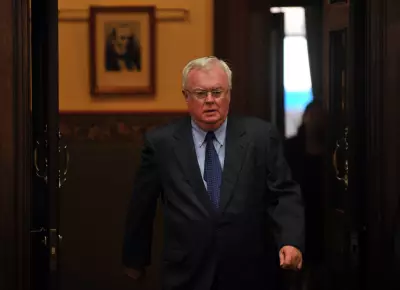
The senior official leading the United States' Federal Emergency Management Agency (FEMA) has stepped down after a brief six-month tenure, officials confirmed on Monday.
David Richardson's departure from the role of acting chief marks the latest in a series of high-level exits and policy shifts within the agency responsible for coordinating the federal response to major disasters.
Leadership Turmoil at a Critical Agency
The Department of Homeland Security (DHS), which oversees FEMA, announced that Richardson left his post on Monday, 17 November 2025. He had been appointed to the position in May of this year, taking over from the previous acting head, Cameron Hamilton.
Notably, the DHS did not provide any official reason for his sudden departure. This exit contributes to a year already characterised by significant staff turnover, programme reductions, and operational changes within the agency.
A Background in Defence, Not Disaster Management
Richardson brought a distinguished military and security background to the role, but lacked direct experience in emergency management. His career includes service as a Marine Corps officer with deployments in Iraq and Afghanistan.
Prior to his time at FEMA, he also led the DHS Countering Weapons of Mass Destruction office. When he assumed the role in May, his official title was 'senior official performing the duties of administrator', a common designation for acting heads of federal agencies.
Implications for US Disaster Preparedness
This leadership change raises questions about stability and continuity at a time when FEMA's role in responding to extreme weather events and other national emergencies is more critical than ever. The rapid succession of acting leaders can disrupt long-term planning and the implementation of vital disaster response protocols.
The vacancy at the top of FEMA underscores a period of upheaval for the agency, leaving experts and officials to watch closely for the appointment of a permanent administrator.





